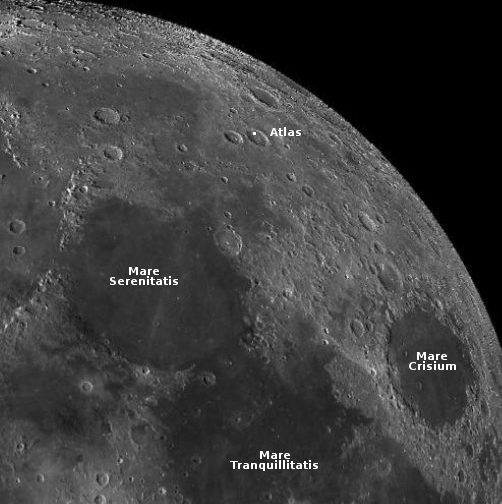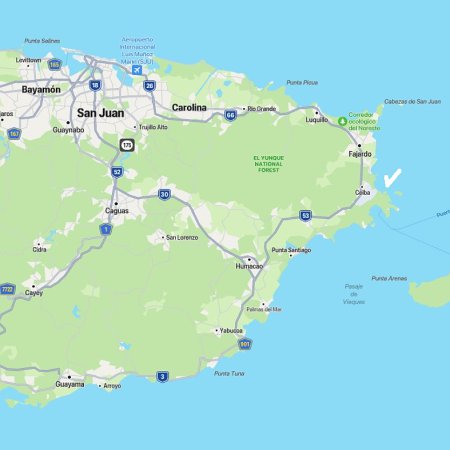According to anonymous sources cited by Eric Berger at Ars Technica today, the rocket company ULA may be sold by the end of this year.
The potential sale has not been disclosed publicly, but three sources confirmed to Ars that potential buyers have been contacted about the opportunity. These sources said a deal is expected to be closed before the end of this year and that investment firm Morgan Stanley and consulting firm Bain & Company are managing the transaction.
Berger correctly lists either Lockheed Martin or Boeing as the most likely candidates to purchase the company, simply by buying out their partner in the consortium. Both companies have strong reasons to obtain this company after the Vulcan rocket is flying. Boeing’s future building SLS is questionable, especially once Starship/Superheavy becomes operational. Lockheed Martin meanwhile has been very carefully moving into the new industry, investing heavily in the rocket startups ABL and Rocket Lab. It might want to own outright ULA, so it can better manage it.
Berger also speculates that Amazon or Blue Origin might be bidders as well. Somehow I doubt any company associated with Jeff Bezos will buy ULA, since he already has his own plaything in Blue Origin. Stranger things however have happened.
Either way, once Vulcan flies successfully it will then be a perfect time to put it up for sale, and others to buy it. The uncertainty will be reduced, and ULA will no longer be saddled with two rocket families, Delta and Atlas-5, both of which are expensive and non-competitive. Instead, it will have solid launch contracts with Amazon and the military, using Vulcan.
Such a sale will obviously also force major changes at ULA, possibly for the better. At such times the new management often uses the change as an opportunity to clean out deadwood as well as force major shifts in thinking.




